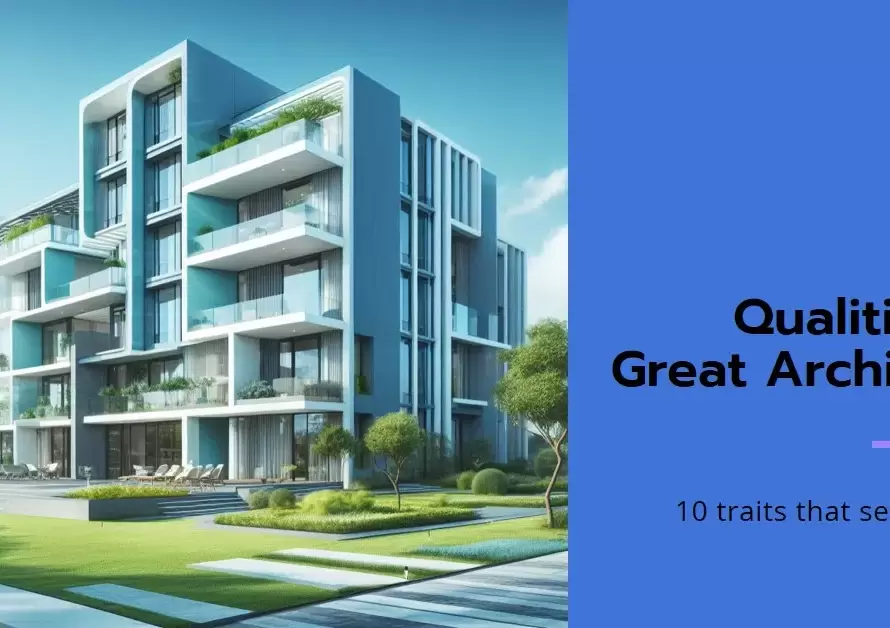
Table of Contents
- Introduction: Creating Seamless Transitions
- The Essence of Exterior Design:
- Understanding the Role of Decks
- Design Integration Strategies:
- Enhancing Connectivity and Flow:
- Utilizing Landscape Design:
- Functional Considerations: Furniture and Layout
- Lighting Techniques for Ambiance:
- Sustainable Deck Design:
- Maintenance and Longevity:
- Conclusion: Creating Timeless Harmony
Introduction: Creating Seamless Transitions
In the realm of architectural design, the exterior of a home plays a pivotal role in setting the tone for what lies within. One of the most transformative elements of exterior design is the incorporation of decks. These outdoor extensions not only expand living spaces but also serve as focal points for relaxation and socialization. In this blog post, we delve into the art of harmonizing exterior design with decks, exploring how these elements can complement each other to create cohesive and inviting spaces.
The Essence of Exterior Design:
Exterior design goes beyond mere aesthetics; it encapsulates functionality and curb appeal. A well-designed exterior enhances the overall architecture of a home, blending seamlessly with its surroundings. Whether modern or traditional, the exterior serves as a canvas for expressing the homeowner’s style while integrating practical elements such as landscaping, pathways, and, notably, decks.
When planning an exterior design, architects and homeowners alike consider factors like climate, topography, and local building codes. These considerations ensure that the design not only enhances the visual appeal of the property but also withstands the test of time.
Understanding the Role of Decks
A deck, often positioned adjacent to the home’s exterior, extends the indoor living space into the outdoors. It provides a versatile area for relaxation, dining, and entertainment, making it a valuable addition to any property. Decks come in various materials and styles, from classic wooden platforms to sleek, contemporary designs using composite materials. Each choice reflects the homeowner’s lifestyle and preferences while harmonizing with the overall exterior aesthetic.
Design Integration Strategies:
Integrating a deck seamlessly into the exterior design requires careful planning and consideration. One effective strategy is to align the deck’s materials and colors with those used in the home’s facade. For instance, a wooden deck can mirror the timber accents of a rustic exterior, creating a cohesive visual narrative. Similarly, modern homes with clean lines may benefit from a minimalist deck design that complements the architectural simplicity.
Enhancing Connectivity and Flow:
A well-designed deck enhances the connectivity between indoor and outdoor spaces, fostering a harmonious flow throughout the property. Strategic placement, such as extending the deck from the living room or kitchen area, encourages natural transitions and encourages outdoor living. This design approach not only increases the functional square footage of the home but also encourages residents to enjoy nature and fresh air without sacrificing comfort.
Utilizing Landscape Design:
Landscape design plays a crucial role in harmonizing decks with the surrounding environment. Incorporating greenery, such as garden beds or potted plants, around the deck area softens its edges and integrates it into the natural landscape. Moreover, thoughtful landscaping can provide privacy and shade, enhancing the overall comfort and appeal of the outdoor space.
Functional Considerations: Furniture and Layout
When designing a deck, considerations extend beyond aesthetics to include functionality and comfort. Choosing appropriate outdoor furniture that complements the deck’s style and accommodates various activities—from lounging to dining—is essential. Moreover, optimizing the deck layout ensures efficient use of space while maintaining a sense of openness and accessibility.


Lighting Techniques for Ambiance:
Effective lighting transforms a deck into an inviting retreat after sunset. Incorporating ambient, task, and accent lighting enhances safety and ambiance, allowing residents to enjoy the space well into the evening. Techniques such as string lights, lanterns, and integrated LED fixtures not only illuminate pathways and seating areas but also highlight architectural features, creating a captivating nighttime aesthetic.
Sustainable Deck Design:
Incorporating sustainable practices into deck design aligns with modern environmental considerations. Choosing eco-friendly materials, such as reclaimed wood or composite decking made from recycled materials, reduces environmental impact while offering durability and low maintenance. Additionally, integrating rainwater harvesting systems or solar-powered lighting further enhances the deck’s sustainability credentials.
Maintenance and Longevity:
Ensuring the longevity of both the deck and exterior design involves regular maintenance and upkeep. Properly sealing and treating wooden decks protects against weathering and extends their lifespan. Similarly, periodic inspections of exterior finishes and structural integrity ensure that the design remains intact and visually appealing over time.
Conclusion: Creating Timeless Harmony
In conclusion, harmonizing exterior design with decks is an artful balance of aesthetics, functionality, and integration. By carefully considering architectural styles, materials, landscaping, and practical elements like lighting and sustainability, homeowners can create cohesive outdoor spaces that enhance their lifestyle and property value. Whether designing a contemporary urban retreat or a rustic countryside escape, the synergy between exterior design and decks transforms houses into harmonious homes, bridging the gap between indoor comfort and outdoor allure.



